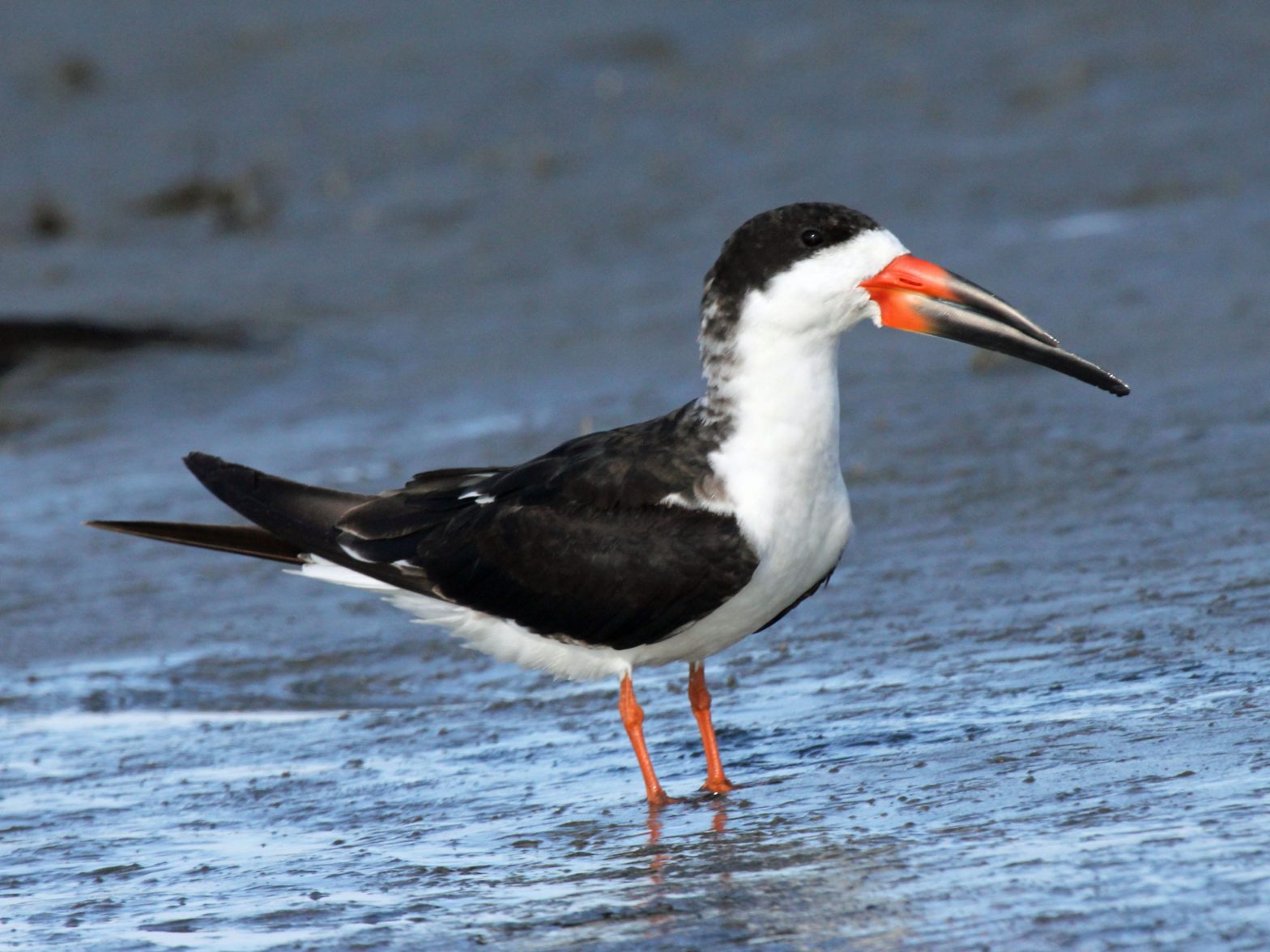![Gulf Islands National Seashore provides nesting habitat for several species of ground-nesting shorebirds including least terns, snowy plovers, Wilson's plovers and black skimmers (pictured). Beginning Friday, March 10, visitors may pick up a free magnet to raise awareness about chick protection. [DickDaniels | WikiCommons]](http://127.0.0.1/wordpress/wp-content/uploads/2022/01/ghows-DA-498783e6-9712-75eb-e053-0100007f4706-e44fc514-scaled.jpeg)
GULF BREEZE — The first signs of winter’s end are upon Gulf Islands National Seashore as shorebird nests have appeared on park beaches.
Beginning Friday, March 10, visitors may pick up a free magnet to raise awareness about chick protection. The magnet, which notes that motorists should slow down to 25 mph, is available at the Fort Pickens and Perdido Key Entrance Stations, historic Fort Pickens, and park headquarters at Naval Live Oaks Area.
Each year, beginning in late February and ending in late summer, the seashore provides nesting habitat for several species of ground-nesting shorebirds including least terns, snowy plovers, Wilson's plovers and black skimmers. Least terns come from as far away as Central and South America to raise their young on these beaches.
Intrusion into the nesting areas causes the birds to take flight, leaving their nests vulnerable to heat and predators. The adult birds will often dive at intruders to drive them away from the colony. Alarmed birds may then fly low across the road and into the paths of oncoming vehicles.
Vehicles sometimes strike adult birds and their chicks as the vertebrates look for food near or on the far side of roadways. To decrease the number of road kills, posted speed limits are temporarily reduced to 25 mph near nesting areas.
“Working together, we can ensure that shorebirds have safe places to nest within the national seashore,” Superintendent Dan Brown said. Park staffers will monitor beaches for nesting activity and close areas as needed.
The closed areas represent a small percentage of the seashore and park officials request that visitors divert activities to other areas.
By September, nesting is complete and normal use of the roads will resume.
“Working together, we can ensure that shorebirds have safe places to nest within the national seashore.”
— Gulf Islands National Seashore Superintendent Dan Brown
This article originally appeared on Santa Rosa Press Gazette: Shorebird nesting season begins
